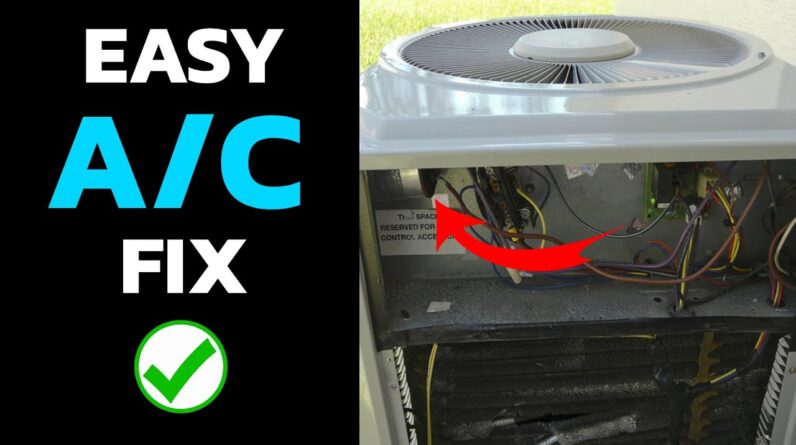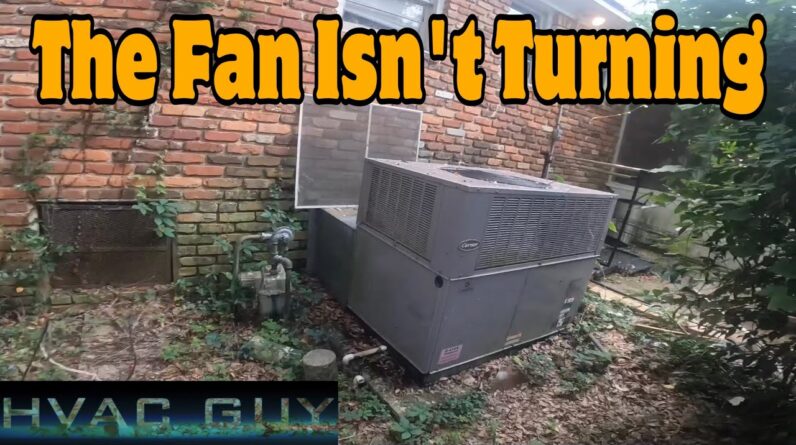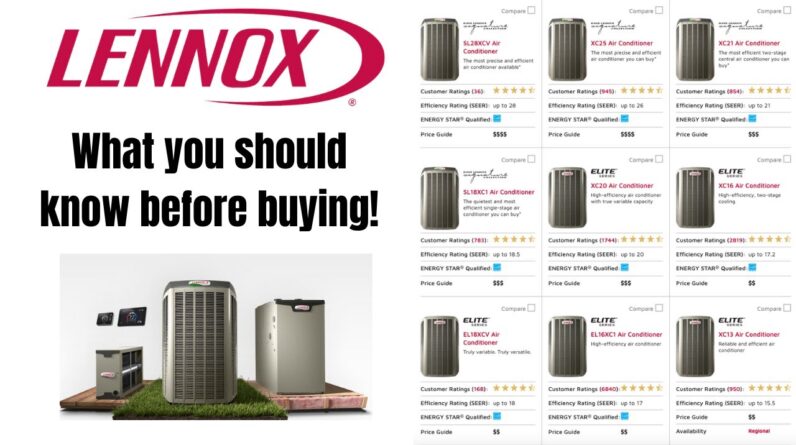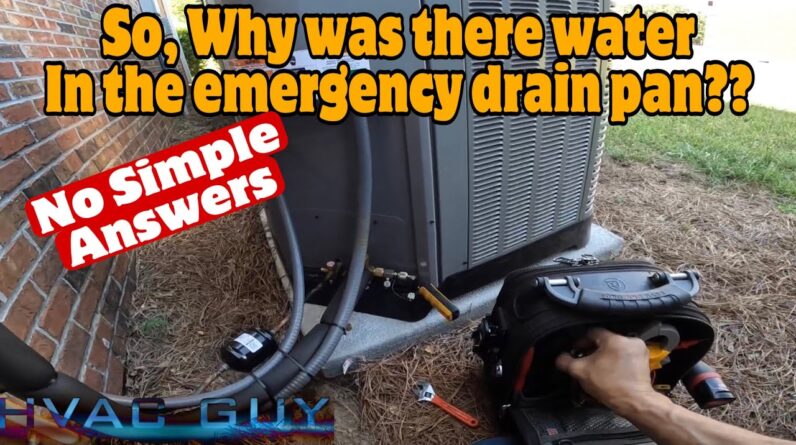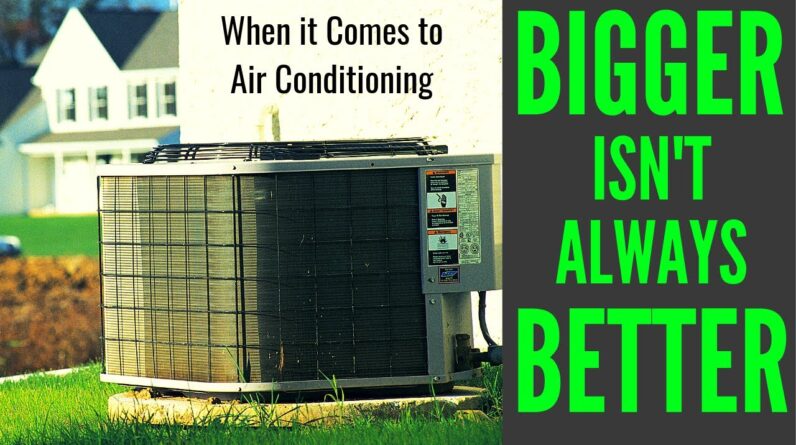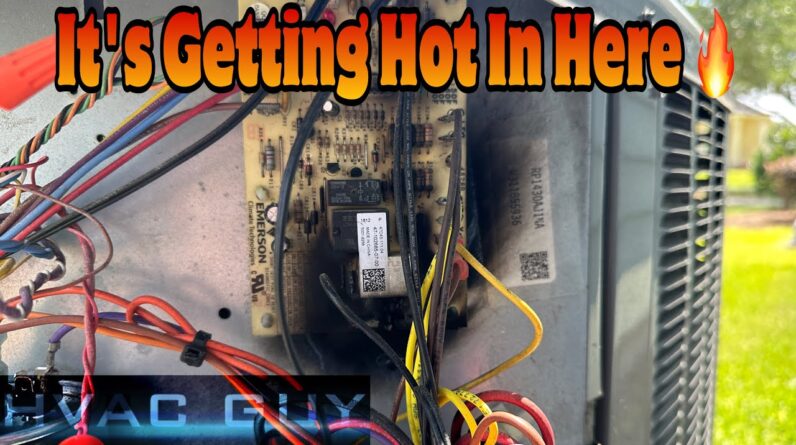Top 10 Most Common AC Problems
As an appliance repair professional, I have seen countless AC issues in various homes. Based on my experience, I have compiled a list of the top 10 most common AC problems and their solutions. Here they are:
1. Bad Capacitor
The most common problem, with 52 out of 242 calls, is a bad capacitor inside the condenser unit. Capacitors can go bad over time, and their lifespan can be shortened by a dirty condenser coil or a dirty furnace filter. A bad capacitor can cause the unit to stop functioning or the top of the capacitor to bulge out. Replacing the capacitor is usually the solution to this problem.
2. Low Refrigerant Levels
The second most common problem is low refrigerant levels or a leak in the system. If your AC is low on refrigerant, you may need to have it refilled or have the leak repaired, which is usually a costly and time-consuming process. Keep in mind that refrigerant should not need to be added regularly, as it is part of a sealed system.
3. Plugged Condensate Drain
Water leaks can sometimes be caused by a plugged condensate drain. This issue can typically be resolved by cleaning out the drain fitting and the hose connected to it.
4. Bad Control Board
Control boards can fail over time, causing a variety of issues, such as not sending power to the outside unit or causing the furnace and AC to run simultaneously. Replacing the control board should fix this problem.
5. Burnt Out Condenser Fan Motor
A burnt-out condenser fan motor can cause the compressor to overheat and trip a breaker. The fan motor will need to be replaced to resolve this issue.
6. Burnt Out Blower Motor and Shorted Compressor (Tie)
A burnt-out blower motor or a shorted compressor can cause your AC to stop working. Replacing the blower motor or compressor is the solution to these problems.
7. Dirty Furnace Filter
A dirty furnace filter can restrict airflow, causing the evaporator coil to freeze over and reduce the efficiency of your AC. Regularly changing your furnace filter can help prevent this problem.
8. Tripped AC Breaker
A tripped AC breaker can sometimes be a nuisance trip, requiring only a reset. However, if it trips again, there may be a more significant issue, such as a short or a broken wire.
9. Various Issues (Five-Way Tie)
Several other less common issues can arise, such as a completely empty refrigerant system, a dirty condenser coil, a bad contactor, a leaking evaporator coil drain pan, or mouse damage. These problems may require various solutions, including cleaning, repairing, or replacing damaged parts.
10. Locked Compressor and Inefficient Compressor (Tie)
Lastly, a locked compressor or an inefficient compressor can cause your AC to stop working. A hard start kit can sometimes help with a locked compressor, while an inefficient compressor will need to be replaced.
Honorable Mentions
Some less common problems not included in the top 10 are:
– Accidentally turned off furnace switch
– Blown AC disconnect fuses
– Plugged evaporator coil
– Restricted metering device
– Cracked fan blade
– Bad thermostat
– Dead thermostat batteries
– Bad high-pressure switch
– Transformer failure
– Door switch not pushed in all the way
– Vandalism or intentional damage
Conclusion
As you can see, there are numerous reasons why your AC may not function properly. By understanding the most common issues and how to address them, you can save time, money, and frustration when trying to troubleshoot and fix your AC. Remember, regular maintenance and cleaning can help prevent many of these problems and extend the life of your AC unit. If you are unsure of how to address a specific issue, consulting an HVAC professional is always the best course of action.

